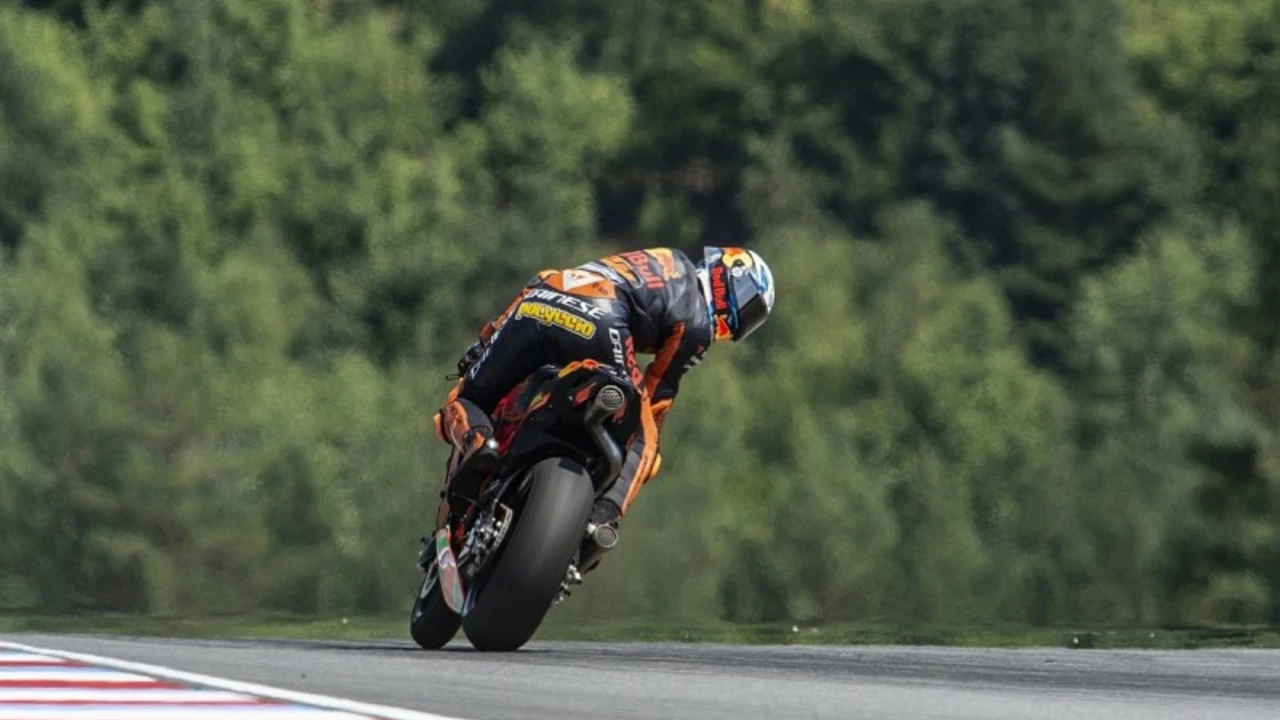It's a common misconception that MotoGP riders don't turn their handles. In reality, they do, but in a very nuanced way. Compared to regular motorcyclists, MotoGP riders often use a technique called counter-steering, where they push the handlebar in the opposite direction to the turn. This technique, combined with body positioning and lean angle, allows them to take corners at high speeds. It's a fascinating blend of physics, skill, and intuition that sets these professional riders apart.
Motorcycle Techniques Every Rider Should Know
Whether you’re just starting out or you’ve been on two wheels for years, the right technique makes every ride smoother and safer. Below you’ll find practical tips you can try on your next spin, no fancy jargon required.
Fundamental Body Positioning
The first thing to master is how you sit on the bike. Keep your elbows slightly bent so you can absorb bumps and steer with subtle wrist movements. Your knees should grip the tank – this gives you better stability, especially when you lean into a turn. When you’re straight, keep your shoulders level and your eyes looking ahead, not at the ground.
Shifting your weight matters a lot when you take a corner. Push your body slightly to the inside of the turn while keeping the bike upright. This lowers the bike’s center of gravity and lets the tires maintain grip. A common mistake is to lean the bike too much and keep the body rigid; it feels scarily fast but can wash out the rear tire.
Mastering Braking & Cornering
Brake before you enter a turn, not while you’re in it. Use both front and rear brakes together, but apply more pressure to the front for a shorter stopping distance. Practice “progressive braking” – start light, then increase pressure smoothly. This prevents the front wheel from locking up and keeps the bike stable.
When you need to slow down mid‑corner, ease off the throttle and gently roll on the rear brake. The bike will scrub a little, helping you tighten the line without losing traction. Remember, the speed you carry into a corner sets the tone for the whole turn, so aim for a smooth entry.
Throttle control is another key skill. As you exit a corner, roll on the throttle gradually. Too much power too soon will spin the rear wheel; too little will waste momentum. A good rule is to match the throttle to the bike’s angle – the steeper the lean, the less aggressive the throttle.
Gear shifts should be timed with your braking and acceleration. Downshift while braking to keep the engine in the power band, then blip the throttle before you lift off to a higher gear. This smooths the transition and avoids jerky movements that can upset the bike’s balance.
Riding in wet or slick conditions demands extra caution. Reduce your cornering speed by about 20‑30%, and avoid sudden inputs. Keep a longer distance between you and the vehicle ahead, because stopping distances double on a wet surface.
Off‑road riding adds its own set of techniques. Keep the bike upright as much as possible, use both brakes lightly, and stand on the footpegs to let your legs act as natural shock absorbers. When you encounter a bump or a loose surface, shift your weight back slightly to keep the front wheel planted.
Finally, practice makes perfect. Find a safe, empty parking lot and work on one skill at a time – body positioning, braking, corner entry, or throttle roll‑on. Record a short video of yourself if you can; watching it later will show you where you’re stiff or too aggressive.
By focusing on these core techniques, you’ll feel more confident, enjoy longer rides, and stay safer on the road. Keep experimenting, stay aware of your bike’s feedback, and have fun out there.
